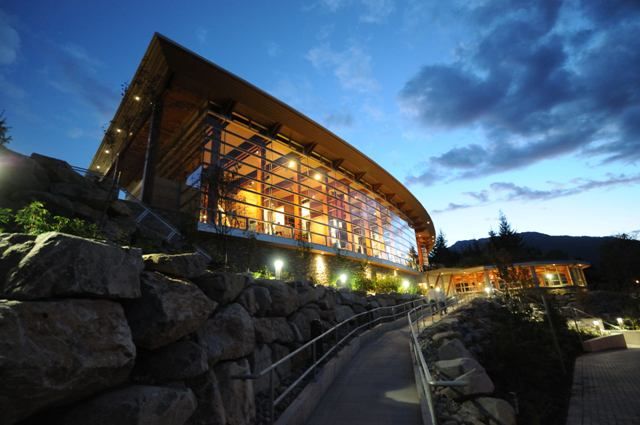I love a good challenge. I’m also passionate about working with story and interesting people. And I think the Sea to Sky Corridor in BC is one of the most wonderous places on earth.
So when Cheeying Ho, Executive Director of the Whistler Centre for Sustainability, asked me to work with her to launch a project to strengthen the local economy in the Corridor through strategies for shared value, I couldn’t say yes fast enough. A few weeks later, I headed up the highway to the Squamish Lil’wat Cultural Centre in Whistler, for a three-hour StoryStorm (a participatory form of narrative analysis). A dozen civic and economic leaders from Pemberton, Whistler, Squamish had cleared their calendars to work with us – a generous gift of time to kickstart the project.
Our challenge was massive. Issues like local economy and shared value are complex and vast – particularly in a resort-based economy such as the one in the Corridor. We decided that an effective first step would be to identify specific strengths and opportunities in the region that we could build on. Then we’d narrow the list down to one or two that could lead to a pilot project.
The concept of shared value isn’t new. Instead of a business only generating profit for stakeholders and business owners, shared value enterprises also generate “social” profit, in the form of contributions to things like the environment, social organizations, social causes, etc. You can read the foundational work on it in Harvard Business Review here. So the basic premise is simple. However, making it happen is not. You need to figure out how to shift the fundamental values, thinking, behaviour and choices of a for-profit organization or culture from only making money – to also making the world a better place.
That’s challenge number one. Challenge number two is bolstering the local economy – another wicked problem. Again, this requires fundamental changes in values and behaviour – away from decision-making based on price and convenience – toward decisions that consider the system as a whole.**
Going into the session at Whistler, we knew that we weren’t going to be able to come up with a complete solution in just a few hours. But we also knew that we had great minds and hearts in the room. So, fuelled by bannock and other deliciousness, we started the StoryStorm.
For two hours, participants shared and analyzed stories of personal experiences in related areas (doing business locally and making change in community). Their analysis generated rich intel that revealed the traits and strengths unique to the population in the Corridor. These included an affinity for “rational risk-taking”, powerful vision, commitment to community and – interestingly – a preference for working collaboratively.
The group then used this intel to develop an action-based opportunity that would both foster the local economy and facilitate the creation of shared value. Though I can’t share details about their big idea right now (as we’re waiting to refine it with our partners), I can tell you that the group did amazing work that day. In just three hours, they managed to distill the essence of what it means to work and live in the Corridor – and clearly articulate why the residents have been such effective stewards of this magical place.
**As a footnote, a recent collaboration between the ISIS Research Centre at UBC, Columbia Institute and LOCO BC on a Power of Purchasing study just resulted in a study that shows that a local business re-circulates 33% of its revenue directly to residents and businesses in B.C., compared to 17% and 19% for its multinational counterparts. This presents a 77%-100% economic advantage from buying local, and an 80%-100% increase in jobs per million dollars spent.





